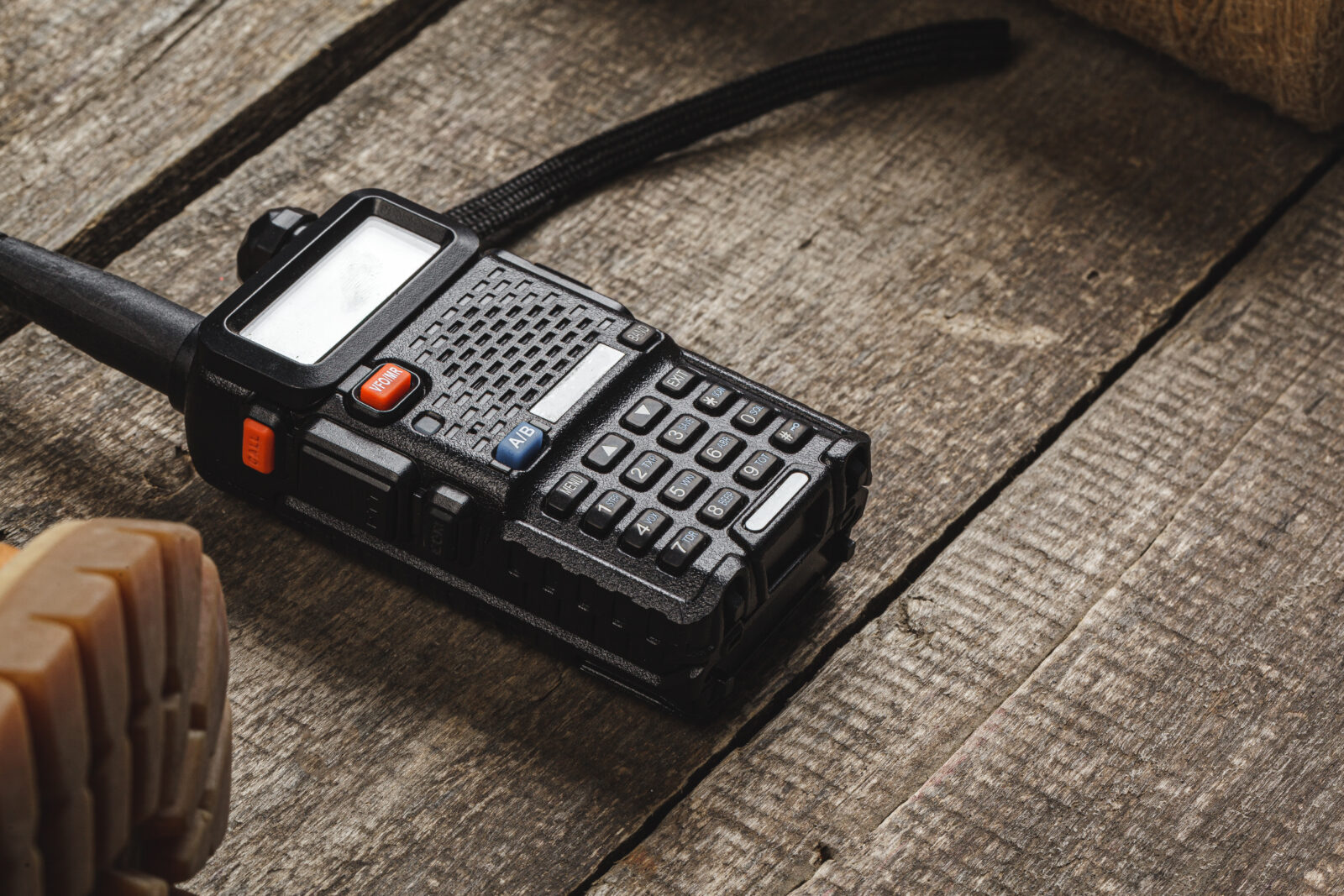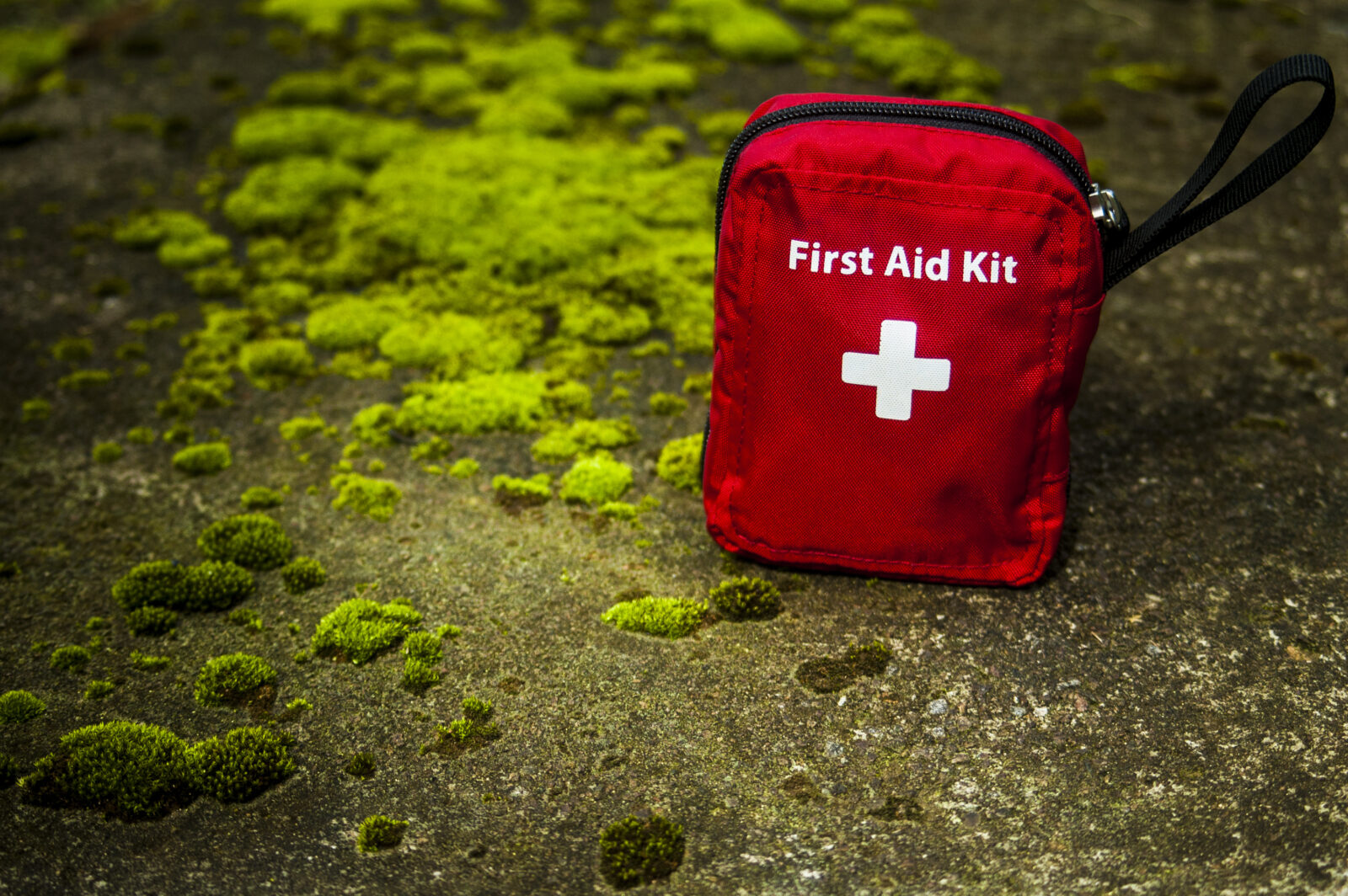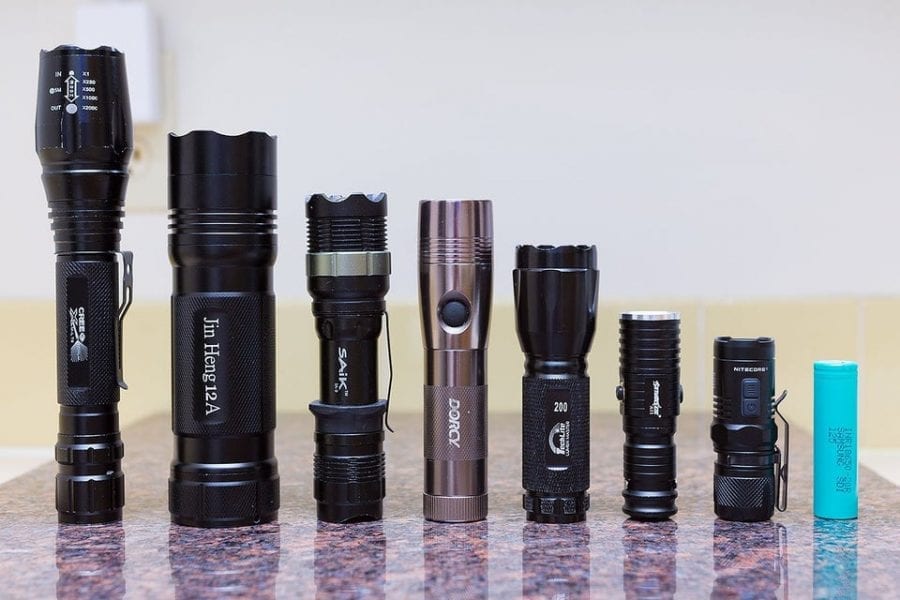Camping can be a fun and enriching way to enjoy time in the great outdoors. For the unprepared, however, injuries, illnesses, and accidents can derail your adventure and turn it into a trip that you’ll just want to forget.
We understand how important it is to stay safe and healthy while camping.
So, here are our top camping safety tips to get you started.
1. Tell someone where you’re going

If you’ve ever seen the movie 127 Hours, you know what can happen if you don’t tell anyone where you’re going when you head outside. For folks who haven’t seen the movie, we can assure you that the end result isn’t pretty.
Whether you’re planning a quick weekend getaway at your favorite campground at Yosemite National Park or a multi-week expedition on the Appalachian Trail, tell someone where you’re going. Give them a general idea of your plans and who you’re going with so they know your approximate location.
Oh, and better yet – tell your friends and family when you’ll be back from your trip. That way, they can inform authorities right away if you’re more than a few hours overdue.
2. Plan ahead so you’re familiar with your destination
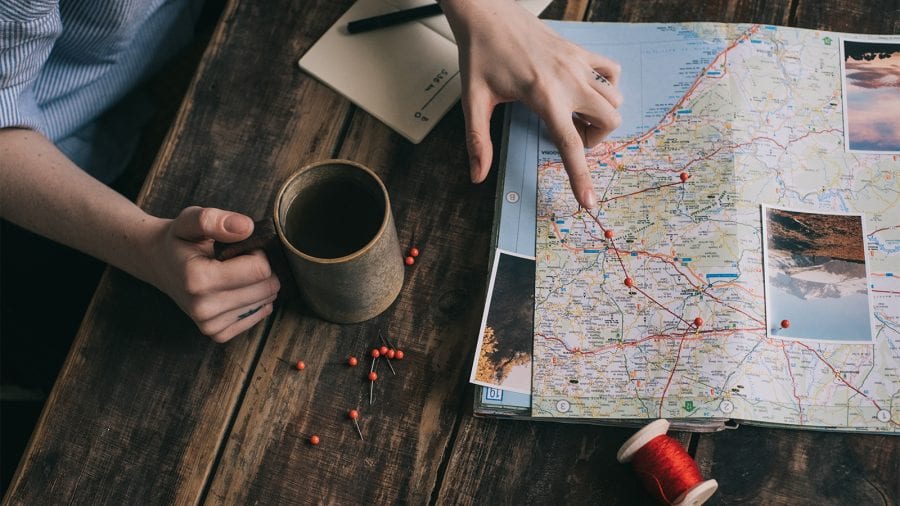
Regardless of if you’re a first time camper or a seasoned mountaineer, it’s important to be familiar with your destination before you leave home. You don’t need to know everything, but having a working knowledge of the terrain and any issues that might arise during your stay is important.
For example, does your proposed campsite have water nearby? If not, what do you plan to do for water while you camp?
Do some research on your camping location so you know what to expect during your trip. If you do run into some snafus during your adventure, you’ll be happy that you did your homework ahead of time.
Read More : How to Purify and Treat Water While Camping
3. Choose your campsite wisely

Campsite selection is a skill that takes time to develop. At a maintained campground, you won’t have too many issues with site selection as you’ll likely pitch your tent on a tent pad.
For backpackers, however, choosing your campsite involves checking your surroundings for dangers such as potential rockfall, overhanging dead trees, proximity to flash flood-prone rivers, and vulnerability to very high winds.
You may also need to consider whether your campsite is far enough from water (the general rule is 200ft/60m from rivers, streams, and lakes) or if you’ll need a permit for the night. Permits are particularly important to research in popular destinations, like Grand Canyon National Park.
4. Be bear aware

If you’re camping in a bear habitat, you’ll need to be ready to take some extra precautions to keep you and the area’s resident bears safe and sound.
The first thing to do is to familiarize yourself with bear spray, how it works, and how to use it as this will be your main method of defense against an aggressive bear.
Then, you’ll want to learn about the various regulations in your area about how you need to store your food, particularly in grizzly bear inhabited locales, such as Yellowstone National Park. For example, you may need to use a bear canister or a bear-resistant cooler at your campsite.
Finally, while backpacking, be sure to set up your campsite so that your sleeping area is at least 200ft (60m) from your kitchen. That way, if a hungry bear comes bumbling through your kitchen looking for a taste of your camping meals, it won’t stumble into your tent.
Read More : Bear Spray Myths Debunked
5. Learn the basics of campfire and stove management
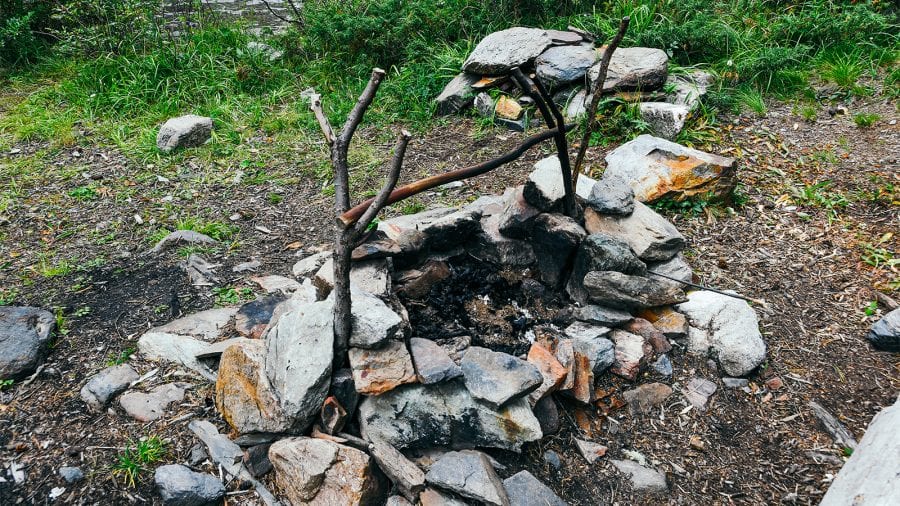
A roaring campfire is a popular way to end the night on a camping trip.
However, whether you plan to use firestarters to build your own fire or a nifty fire pit, you’ll need to be attentive to your fire at all times. Know the local fire regulations in your area and be sure that you put out your fire completely before going to bed to prevent an accidental forest fire.
The same is true with camping stoves. It’s important that you know how to use, repair, and maintain your specific stove model to prevent accidents and injuries while outside.
Read More : Camping Stove Safety Precautions and Tips
6. Never use a stove inside a tent
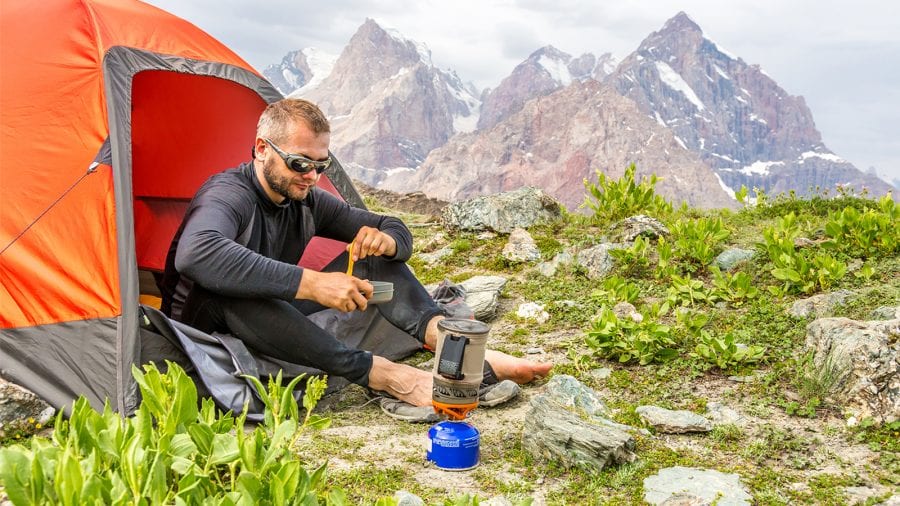
On the topic of camping stoves, be sure to never use one inside a tent. Why?
Well, camping stoves emit carbon monoxide, which is a toxic, odorless, and colorless gas.
When you use your stove outside, the wind naturally dilutes the carbon monoxide to a safe level. However, using a stove inside a tent can cause carbon monoxide levels to escalate rapidly, creating a dangerous – and potentially life-threatening – situation.
If you want to heat up your tent, use a purpose-built tent heater instead. For cooking in the rain, try setting up a camping tarp rather than cooking in your tent.
7. Pack the 10 essentials of outdoor travel
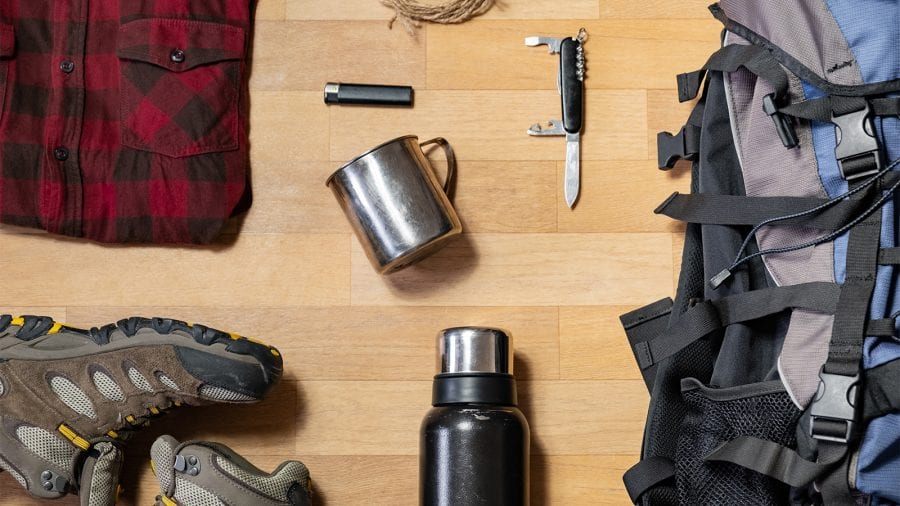
On every camping trip, you should come prepared with more than enough gear to ensure that you have a comfortable outdoor experience.
At a bare minimum, however, anyone venturing outdoors should have the 10 essentials, which are:
- Navigation tools : Map, compass, and a GPS or GPS hiking watch
- Medical supplies : First aid kit and relevant medical knowledge
- Illumination : Headlamp, plus spare batteries
- Fire starting tools : Lighters, tinders, and firestarters
- Gear repair tools : Knife, gear repair tape, and a sewing kit
- Sun protection : Sunglasses, and sunscreen
- Extra clothing : Spare hiking clothes, rain jackets, and heated jackets
- Shelter : Tent or a bivy sack
- Water : Filled water bottles and water purification tools
- Food : Plenty of hiking snacks and camping meals
8. Always filter or treat your water
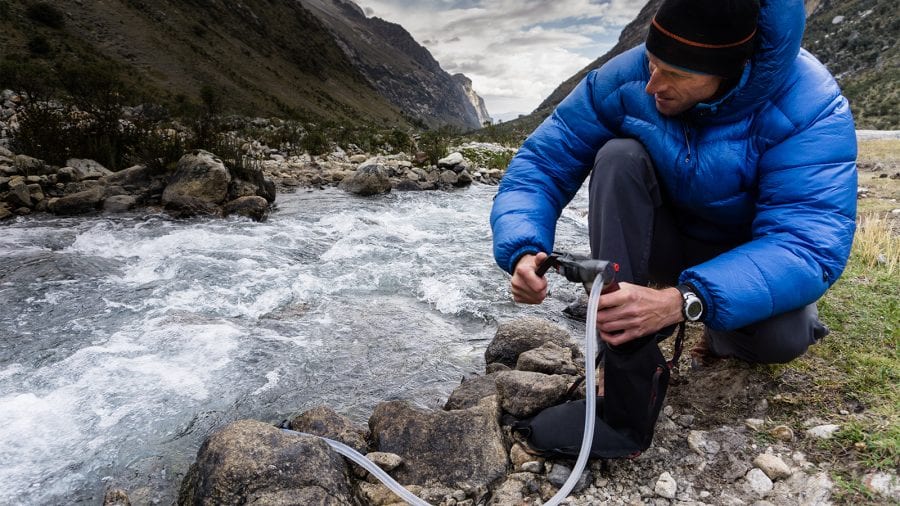
At home, most of us are accustomed to getting our clean drinking water from a tap. When you’re outside, however, you should treat any water source you see as potentially contaminated with dangerous pathogens, no matter how clean it looks.
Therefore, unless you’re at a campground with potable water, be sure that you treat your water with purification tablets or use a portable filter.
Read More : How to Purify and Treat Water While Camping
9. Pack more food than you need
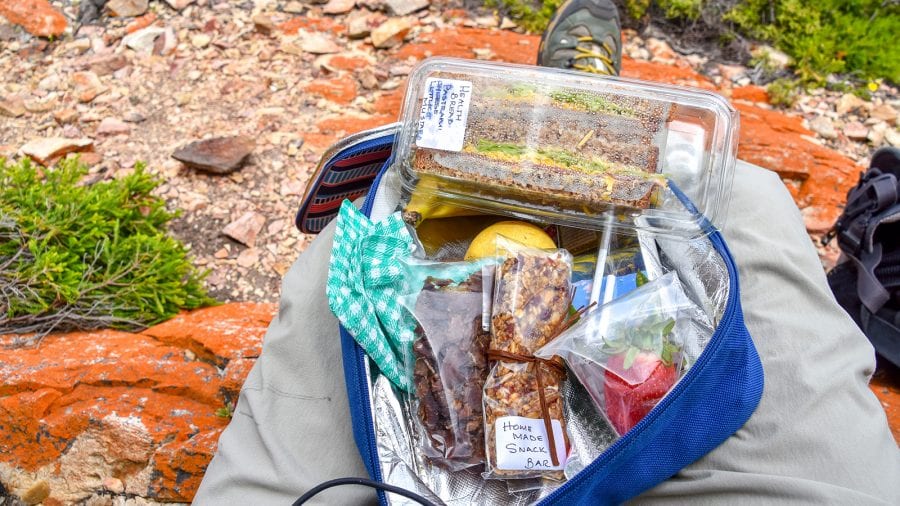
No one wants to run out of food while camping, so it’s imperative that you bring more than enough for your needs. Of course, while backpacking, you can’t bring too much extra food as it will weigh you down.
As a general rule, bring one more meal on your trip than you think you might need. That way, you have a bit of wiggle room if you end up staying outside a bit longer than is expected.
10. Wash your hands with soap and water
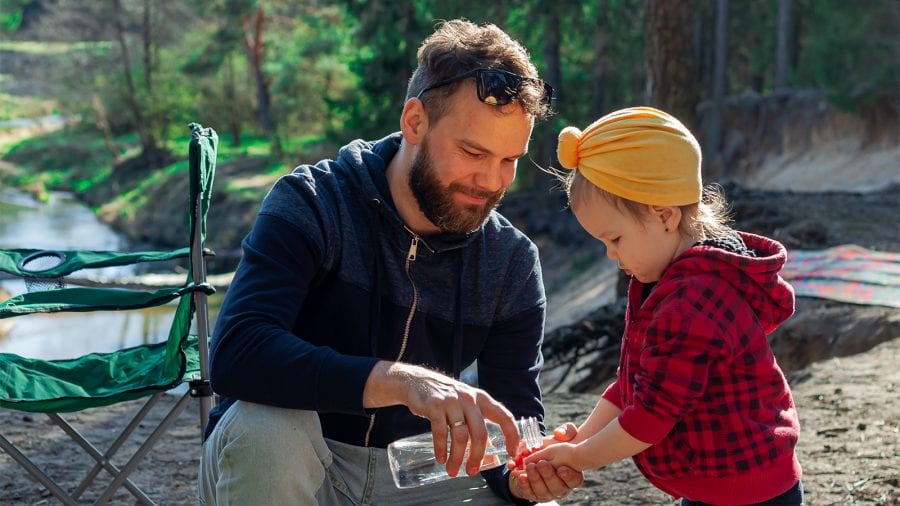
This might sound like a pretty standard personal hygiene rule, but it’s just as true indoors as it is outdoors. Always wash your hand with soap and water while camping and use hand sanitizer as a last resort if soap and water aren’t available, such as if you’re in the desert of Death Valley National Park.
Why?
According to the CDC, soap, and water are better at killing certain pathogens, like those that cause gastrointestinal illness, than hand sanitizer, especially if your hands are visibly dirty.
So, wash up after using the toilet and before eating during your next camping trip. Your body will thank you later.
Read More : 11 Backpacking Hygiene Tips to Stay Clean
11. Ensure you have enough warm clothing
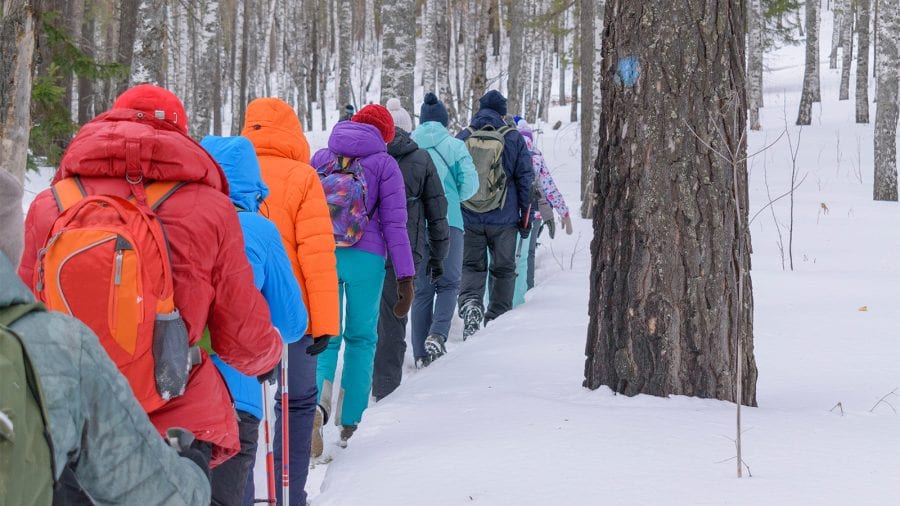
Feeling cold while camping is a fairly common experience, but it doesn’t have to be. More often than not, people simply underestimate how cold it will get while camping, which can lead to some sleepless nights in your tent.
So, bring more warm clothing than you think you’ll need during your trip. Pack at least one or two more layers than you’ll need to stay warm during the coldest conditions you’ll face, just in case. Also, don’t forget your spare hiking gloves and hats to keep you warm.
Read More : 11 Essentials to Bring Along for Winter Camping
12. Don’t forget your rain gear
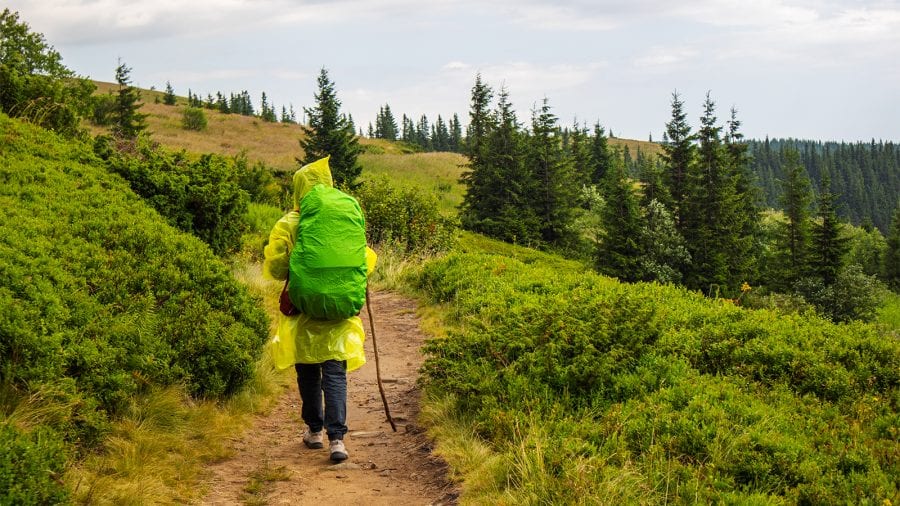
Camping in the rain can be a cold and wet affair, particularly if you don’t have the right gear. In fact, camping without proper rain gear can lead to a dangerous condition known as hypothermia, particularly if you get wet and aren’t able to warm yourself back up.
The answer?
Don’t forget your rain gear. Always pack your rain jacket and your rain pants, even if the forecast looks nice and sunny.
13. Come prepared with bug protection
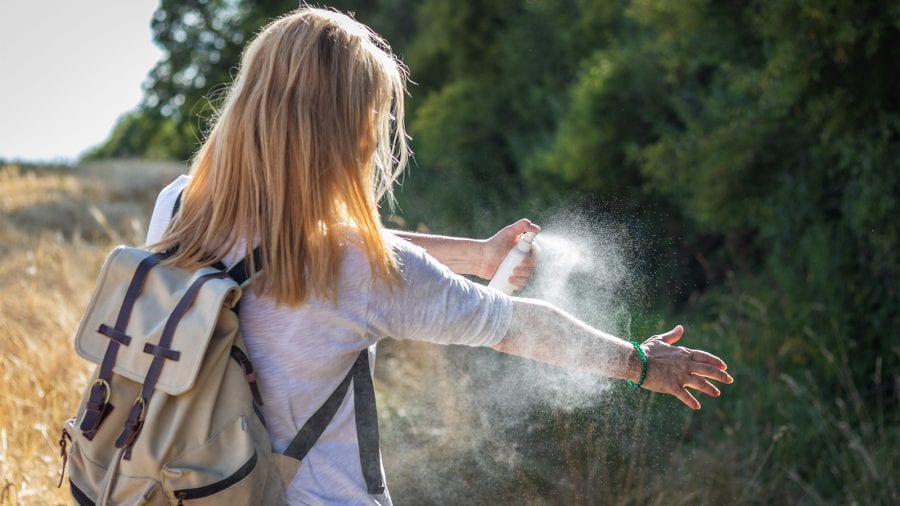
Depending on where you camp, bugs can be more than just a nuisance – they can be vectors for infectious diseases.
In certain parts of the world, bugs, like ticks and mosquitoes can transmit some dangerous illnesses, like Lyme disease, Zika virus, and malaria. Therefore, it’s important that you come equipped with the tools you need to protect yourself.
This includes having plenty of bug spray, a mosquito headnet, and a tick removal tool on hand at all times.
Read More : 10 Effective Ways to Keep Bugs Away While Camping
14. Ensure your vehicle is in good working condition
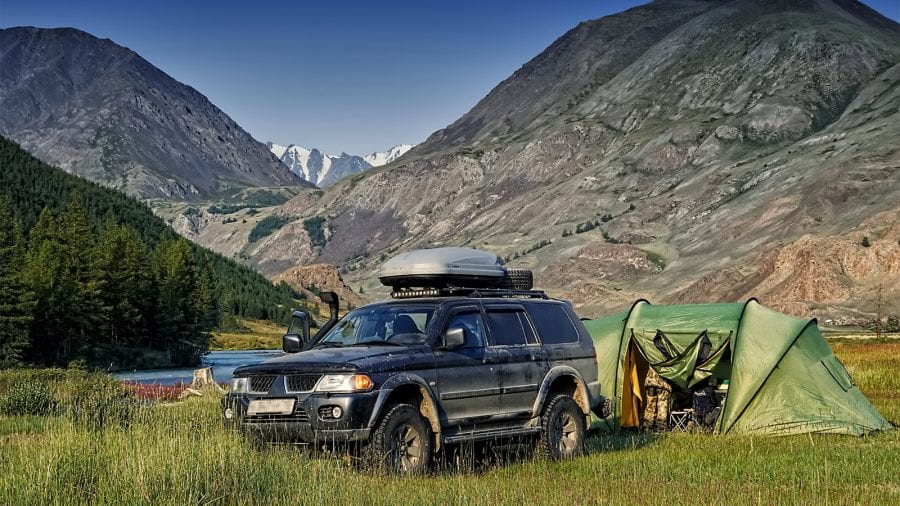
An often overlooked part of any camping trip is driving to the campground or trailhead. While most of your planning and focus is likely on your backcountry adventures, many roads that lead to our favorite outdoor destinations, such as Glacier National Park, are rough and ill-maintained.
This can be problematic for even the best of vehicles, so be sure that your car is up for the challenge.
Also, keep in mind that many trailheads and campgrounds are far from the nearest mechanic, so be sure you have a car emergency kit, including jumper cables, a spare tire, wheel jack, tire chains, and other essentials, just in case.
15. Take a wilderness first aid course
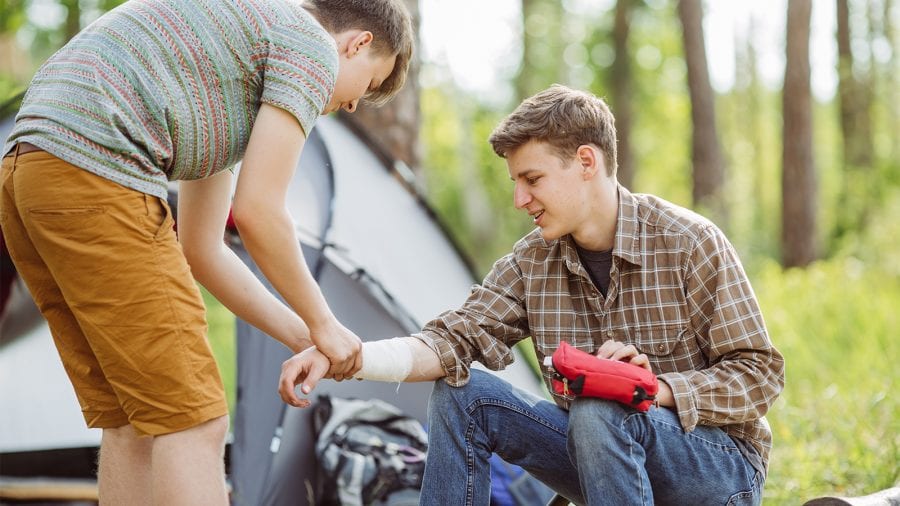
The vast majority of our camping trips take place either in a remote backcountry locale or at a campground that’s quite a long drive from the nearest hospital. Therefore, having the skills you need to deal with life-threatening emergencies in the outdoors is vital.
To learn these skills, consider taking a wilderness first aid course from an accredited provider in your area.
These courses will help you learn about the most common and most critical conditions that you may encounter while outside. Plus, they’ll teach you how to use a lot of the gear found in a standard hiking first aid kit.
That way, you can always be prepared.
Gaby Pilson
Gaby is a professional mountain guide with a master’s degree in outdoor education. She works primarily in the polar regions as an expedition guide, though she can be found hiking, climbing, skiing, sailing, or paddling in some of the world’s most amazing places when not at work.
